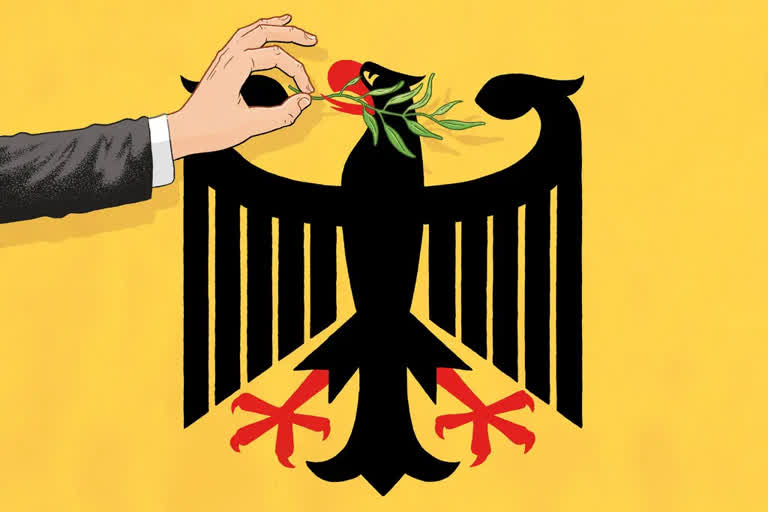New Delhi: Year 2022 may define a distinct phase in world military history. This is the year, both Germany and Japan—major military powers in the hoary past and declaredly pacifist nations after being defeated in World War 2—take the deep plunge for robust militarization. While Germany plays a leading role in the US-led military effort against the Russians in Ukraine, the endeavour to assert military power in overseas regions is a recent development.
The theatre and object of the directed belligerence of the Germans and the Japanese is the same—Indo-Pacific the region and an increasingly powerful China the adversary. On Tuesday, 13 ‘Luftwaffe’ (German air force) military planes taking off from Germany flew 12,800 km non-stop to Singapore, en route to international military exercises including the Australia-hosted ‘Pitch Black’.
The 13 war planes include six ‘Eurofighters’, four A400M transporters and three A330 MRTT (Multi Role Tanker Transport). The first mission tasked in ‘Operation Rapid Pacific’ is: to reach Singapore in just 24 hours. Pointing to the security risks in the Indo-Pacific, a German defence ministry dossier points out: “The nuclear powers India, Pakistan, China and Russia as well as North Korea with its nuclear program are located on the Indo-Pacific.
Countries in the region, such as the US, Taiwan, Japan and China, are arming heavily.” An interesting tweet by Christine Lambrecht, the German defence secretary, read: “With the first deployment of the Air Force from Eurofighters, A400M and tankers to the Indo-Pacific region starting in August, we are showing that we also think security beyond Europe.”
Also read: Rajnath Singh calls for free, open and inclusive order in Indo-Pacific
A recent German defence ministry release said: “With the subsequent deployment to Australia and participation in two international exercises there, the Air Force is testing its interoperability with Allies inside and outside NATO in the Indo-Pacific.” “During the ‘Pitch Black’ air combat exercise, the Eurofighters will practice air attacks and defense in larger formations with their international partners.
The Eurofighters will be deployed in the air-to-air and air-to-ground roles.” The deployment of air platforms in the Indo-Pacific region follows the deployment of the German Navy frigate ‘Bayern’ from August 2021 to February 2022 when the ship traversed the waters from the Horn of Africa to Australia and Japan. With more than 200 soldiers on board, the ‘Bayern’ had called at 15 ports of friendly powers including India.
The then German defence minister Annegret Kramp-Karrenbauer had said: “The message is clear: we are standing up for our values and interests together with our partners and allies.” The German concerns are not too far to seek. The defence ministry dossier says: “90 percent of global trade takes place by sea, much of it via the Indo-Pacific.
An impairment of the transport routes in the Indo-Pacific, and thus the supply chains to and from Europe, would have serious consequences for the prosperity and supply of the Federal Republic of Germany.” “The region offers opportunities as well as challenges: Asia is the most dynamic growth region in the world. At the same time, the Indo-Pacific region is confronted with lines of conflict that are of global importance and could directly affect Germany and Europe. Because important trade routes run through the Indo-Pacific.”



